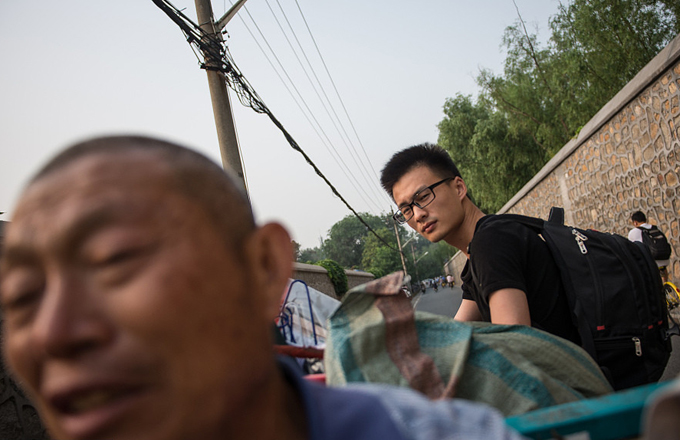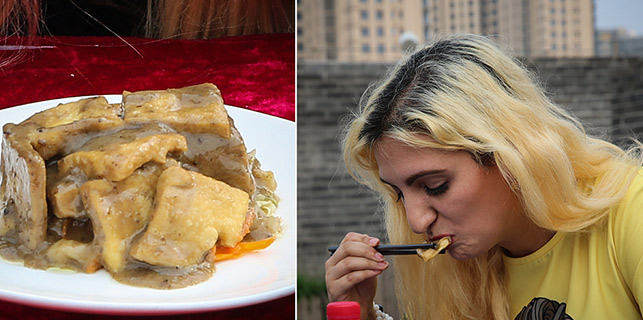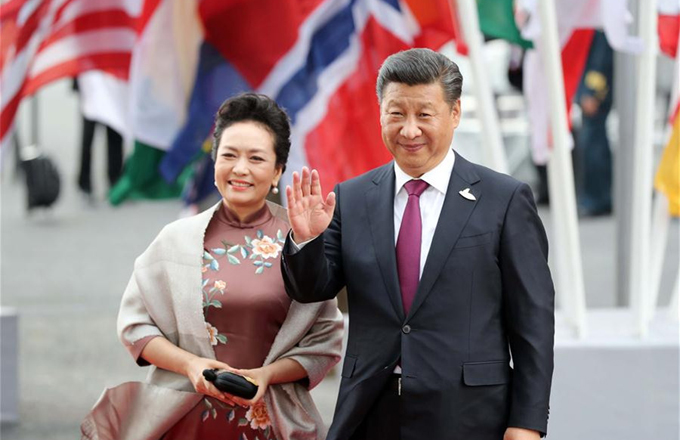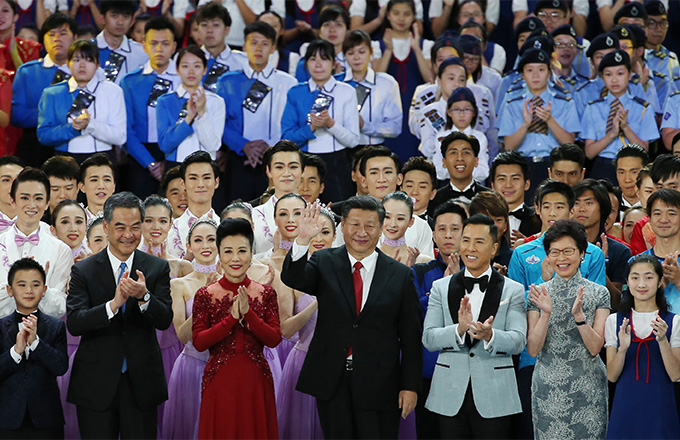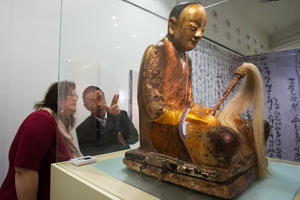'Invisible aid' targets poor Chinese university students
A Chinese university has designed a computer algorithm to identify students in need of financial help, reports Xinhua Insight.
Dubbed as "invisible aid", the program analyzes how often students access the college canteen and how much they spend.
Students who have more than 60 meals and spend less than 200 yuan (about $29.5) per month, will get 160-yuan (about $23.1) subsidy per month, without the need to apply for the subsidy.
The system was initiated by the University of Science and Technology of China (USTC) in 2004, as a way of "supporting impoverished students in a more dignified manner", said Dong Yu, Dean of the Student Affairs Office at USTC.
It's estimated that forty thousand students have already benefited from the program, involving a total of 6,000,000 yuan (about US$884,291).
The practice has been well received, although some expressed fears that the system could be abused by people taking advantage of possible loopholes in the sampling and analysis process.
Dong responded to those concerns by saying that the USTC has improved its big data gathering, and that online background checks, along with student feedback are collected by USTC, helping to finalize the list of student recipients.
The USTC data base of "students in need" is updated every semester, Dong said.






